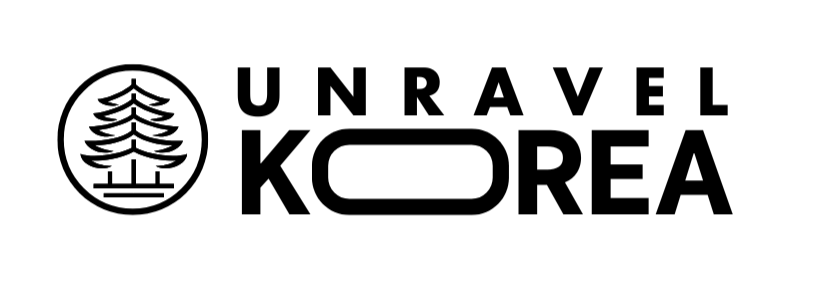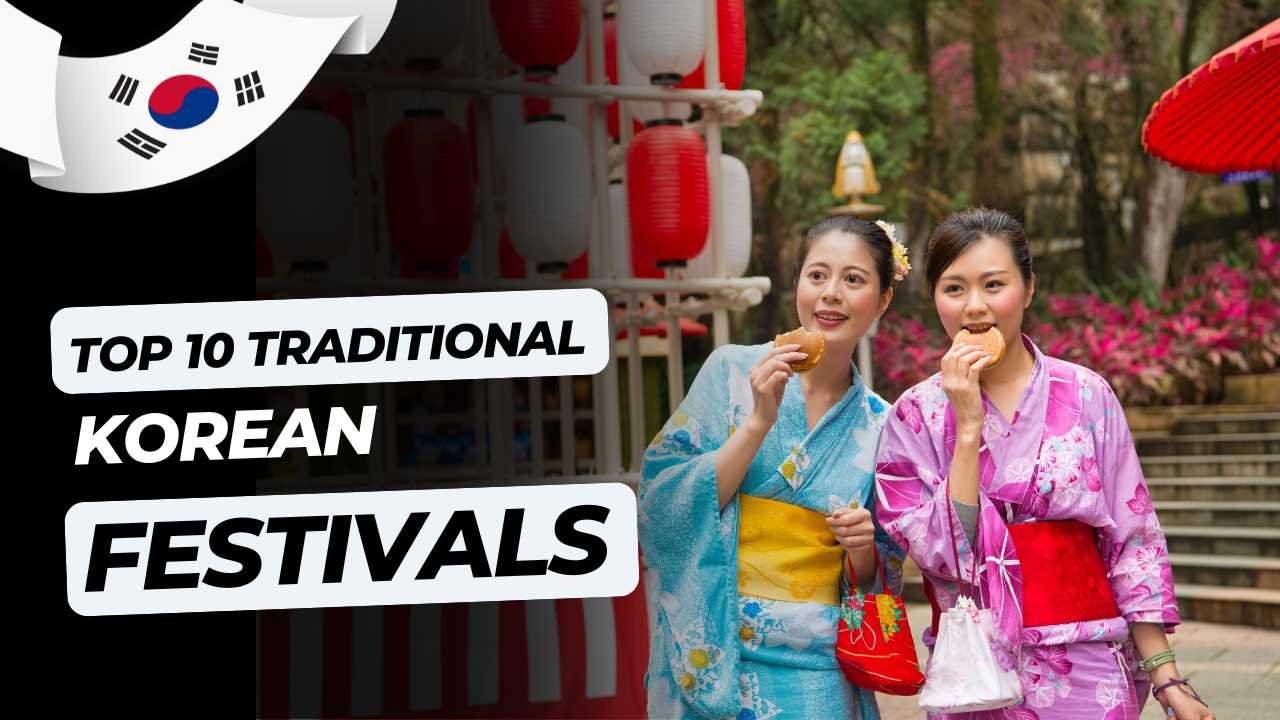Korea is a country of four distinct seasons, and each season brings unique festivals that celebrate history, nature, and community.
Whether it’s cherry blossoms in spring, lively mud games in summer, lanterns in autumn, or ice fishing in winter, these festivals are windows into Korean culture.
Below are 10 of Korea’s most famous traditional festivals, with details on when they happen, why they are celebrated, and what you can experience when you visit.
1. Jinhae Cherry Blossom Festival (진해군항제)
When: Early April
Why it’s held:
Every spring, the southern city of Jinhae bursts into pink and white as thousands of cherry trees bloom. The festival started as a tribute to Admiral Yi Sun-sin, but today it’s best known for celebrating the beauty of spring.
What to experience:
Walk along Yeojwacheon Stream, where cherry blossoms form a pink tunnel over wooden bridges.
Take photos at Gyeonghwa Station, where trains run past rows of cherry trees.
Enjoy parades, cultural shows, and local street food.
It’s one of Korea’s most romantic spring events.
2. Boryeong Mud Festival (보령머드축제)
When: July
Why it’s held:
Originally created to promote the mineral-rich mud from Boryeong’s mudflats, which is used in cosmetics, this summer festival has become a global event.
What to experience:
Mud wrestling, mud obstacle courses, mud slides, and even a giant mud bath.
Mud massages and spa treatments right on the beach.
At night, the beach turns into a party zone with concerts and fireworks.
It’s fun, messy, and perfect for adventurous travelers.
3. Andong Mask Dance Festival (안동국제탈춤페스티벌)
When: Late September to early October
Why it’s held:
Andong is the birthplace of Korea’s traditional mask dance (talchum). The festival honors these performances, which once carried messages about society and human nature.
What to experience:
Performances of Korean mask dances and international folk dances.
Tour the Hahoe Folk Village (a UNESCO site) to see traditional Korean houses.
Workshops where you can make your own mask.
This festival is an excellent way to dive into Korea’s cultural heritage.
4. Jinju Lantern Festival (진주 남강유등축제)
When: October
Why it’s held:
It commemorates the 1592 Battle of Jinju, when soldiers used lanterns to communicate during the Japanese invasions.
What to experience:
Thousands of colorful lanterns floating on the Namgang River.
Lantern parades and spectacular fireworks.
Traditional food stalls along the riverbanks.
The night views here are magical, turning the river into a sea of light.
5. Gangneung Danoje Festival (강릉단오제)
When: Late May to early June (5th day of the 5th lunar month)
Why it’s held:
Recognized by UNESCO as an Intangible Cultural Heritage, Danoje is one of Korea’s oldest folk festivals, rooted in shamanistic rituals to welcome summer.
What to experience:
Traditional wrestling (ssireum) and swinging games.
Shaman rituals, music, and parades.
A special herbal hair-washing experience believed to bring good luck.
This festival connects you directly with Korea’s folk traditions.
6. Seoul Lantern Festival (서울빛초롱축제)
When: November
Why it’s held:
This modern festival brightens up the Cheonggyecheon Stream with lanterns themed around Korean culture and historical stories.
What to experience:
A walking trail lit by hundreds of lanterns along the stream.
Artistic displays of dragons, palaces, and cultural symbols made from paper.
Nighttime photography and cozy winter vibes in downtown Seoul.
7. Busan International Film Festival (BIFF)
When: October
Why it’s held:
While it’s not traditional, BIFF has become one of the biggest cultural events in Asia, celebrating cinema and creativity.
What to experience:
Watch international and Korean films, including new releases.
Attend Q&A sessions with directors and actors.
Walk the red carpet at Busan Cinema Center and explore Haeundae Beach nearby.
8. Pyeongchang Trout Festival (평창송어축제)
When: Late December to early February
Why it’s held:
This winter festival celebrates the clear rivers of Pyeongchang and its trout fishing tradition.
What to experience:
Try ice fishing and grill or sashimi your catch on-site.
Snow sledding, ice skating, and other winter activities.
A family-friendly event that combines fishing with fun in the snow.
9. National Cherry Blossom Festival (Seokchon Lake, Seoul)
When: Early April
Why it’s held:
Every spring, cherry blossoms bloom all over Seoul. Seokchon Lake, near Lotte World, becomes one of the city’s most picturesque spots.
What to experience:
A pink floral ring around the lake.
Cultural performances, food stalls, and photo zones.
A great urban alternative if you can’t travel to Jinhae.
10. Suwon Hwaseong Cultural Festival (수원화성문화제)
When: October
Why it’s held:
Held at Hwaseong Fortress, a UNESCO World Heritage Site, this festival celebrates the history of King Jeongjo and his era.
What to experience:
Historical parades with people dressed in royal costumes.
Martial arts demonstrations and archery.
Nighttime lantern displays along the fortress walls.
It’s an amazing mix of history and live performance.
Last opinion
Korea’s festivals are more than just events—they are living stories of the country’s history, people, and traditions. Whether you come for the cherry blossoms, dance performances, mud slides, or lanterns, these experiences will give you memories that last a lifetime. Plan your trip around one of these festivals to see a different side of Korea.

